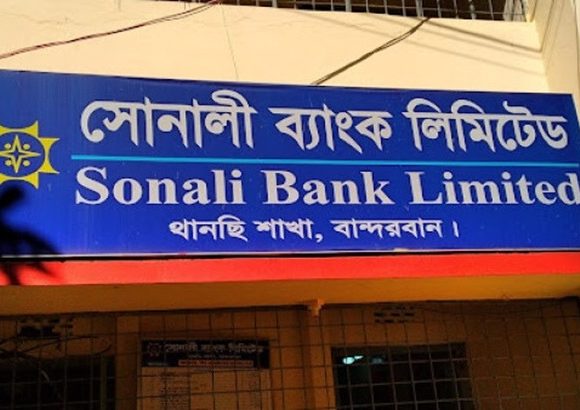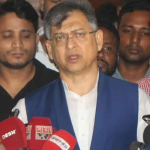JLA’ desperate to occupy Rajasthali, MNP threatens resistance

STAFF CORRESPONDENT, RANGAMATI
Rajasthali is a remote yet significant upazila in Rangamati. Despite being the smallest upazila in the district by size, it boasts a rich history and tradition. The Rajasthali police station was established in 1909 during the British era, but it was transformed into Rajasthali Upazila in 1983 due to administrative decentralization.
The upazila comprises three unions: Ghilachhari, Gainda, and Bangalhalia, along with nine mouzas, all under the Bomang Circle.
Home to over 21,000 people, the upazila is a melting pot of seven ethnic groups, including the Marma, Tanchangya, Tripura, Mro, Khyang, Rakhine, and Bengali communities, with some areas also hosting Chakma settlements.
Following a defeat by Burmese forces under the commander of the Burmese Barandong in Myanmar’s Rakhine province, the king of Myanmar arrived at ‘Budhujhui’ (the former name of Rajasthali) in Bangladesh to establish his own realm. As per tradition, the establishment of a kingdom begins with planting a banana plant to forecast the abundance of its yield, symbolizing the prosperity of the king’s rule.
Adhering to this custom, a banana plant was sown in Thagarchhari Para of Ghilachhari Union No. 1 in Rajasthali Upazila. However, due to the plant producing fewer bunches, the king departed for the neighboring district of Bandarban, accidentally leaving behind his small thole (bag) at the site. This incident led to the naming of the area as Rajarthole, which evolved into Rajarthali and, ultimately, Rajasthali.
Rajasthali Upazila is bordered by Bilachhari Upazila and Rowangchhari Upazila of Bandarban to the east, Rangunia Upazila of Chattogram to the west, Bandarban Sadar Upazila to the north, and Kaptai Upazila to the south. Law and order in the upazila are maintained through Rajasthali and Chandraghona police stations to ensure security.
The upazila has recently been engulfed in a climate of fear due to the presence of the Arakan Army and the Marma National Party’s armed group.
For years, the Jumma Liberation Army (JLA), under the leadership of Santu Larma, has been endeavoring to seize control of the upazila. While JLA’s armed members have managed to expand their influence in parts of Kaptai Upazila, the Marma National Party has continued to assert its dominance over the Kaptai-Rajasthali region.
A confrontation between JLA’s armed faction and the Marma National Party occurred in Gainda Union on January 20 this year, resulting in an exchange of fire without reported casualties.
Previously, on March 22, 2022, a significant clash in Gainda Union led to three fatalities as reported by the police. The confrontations between the two groups cooled somewhat in 2023, but tensions have escalated since early 2024, with both sides engaging in provocations via social media, leading to heightened tensions.
On January 27, Major Roni Marma, alias Prant Ghosh Roni, a commander of the Mugh Party, issued a war threat against JLA’s armed group via a social media video. However, JLA has not yet responded to this declaration.
Local journalists, preferring anonymity, emphasize Rajasthali Upazila’s strategic and promising geographical significance. The construction of a border road through the upazila, destined to connect with Mizoram, India, underscores the area’s potential. The initiation of the Thegamukh land port in Barkal Upazila hinges on this development. They warn that failure to curb terrorism now could stall the region’s development.
Ansarul Karim, the officer-in-charge (OC) of Chandraghona police station, assured that law enforcement is committed to maintaining the area’s peace and stability.

















